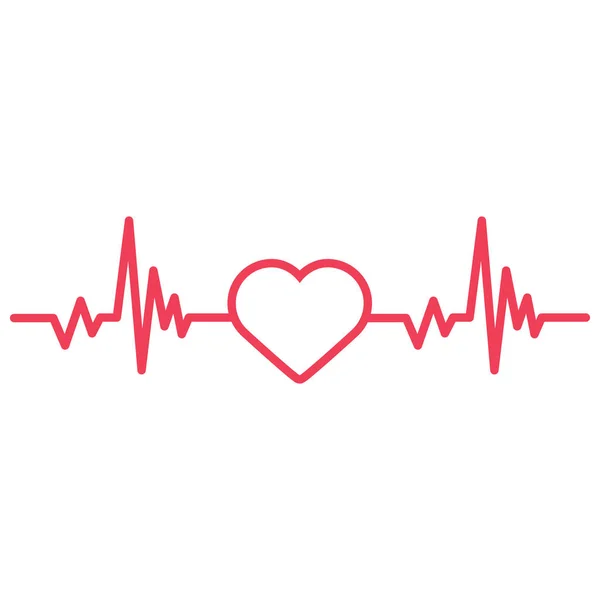

Spark allows you to simply create an empty conf: val sc = new SparkContext ( new SparkConf ()) Instance, if you’d like to run the same application with different masters or differentĪmounts of memory. In some cases, you may want to avoid hard-coding certain configurations in a SparkConf. See documentation of individual configuration properties. While numbers without units are generally interpreted as bytes, a few are interpreted as KiB or MiB. Properties that specify some time duration should be configured with a unit of time. Note that we can have more than 1 thread in local mode, and in cases like Spark Streaming, we mayĪctually require more than 1 thread to prevent any sort of starvation issues. setAppName ( "CountingSheep" ) val sc = new SparkContext ( conf ) Which can help detect bugs that only exist when we run in a distributed context. Note that we run with local, meaning two threads - which represents “minimal” parallelism, For example, we could initialize an application with two threads as follows: master URL and application name), as well as arbitrary key-value pairs through the SparkConf allows you to configure some of the common properties These properties can be set directly on a Spark properties control most application settings and are configured separately for eachĪpplication. Logging can be configured through log4j2.properties.The IP address, through the conf/spark-env.sh script on each node. Environment variables can be used to set per-machine settings, such as.Spark properties control most application parameters and can be set by using.Spark provides three locations to configure the system: External Shuffle service(server) side configuration options.Custom Resource Scheduling and Configuration Overview.Inheriting Hadoop Cluster Configuration.This will pump around 1.5 gallons (around 6.8 liters) of blood per minute through the 60,000 miles (around 97,000 kilometers) of blood vessels that are in the human body, according to the Cleveland Clinic. Valves prevent backflow, keeping the blood flowing in one direction through the heart.īy the end of the day, your heart will have beaten around 100,000 times (around 60 to 80 beats per minute).

Finally, the ventricles stop contracting and relax. Then the ventricles continue contracting while empty. Next, the ventricles start contracting without changing volume. Then the atrium contracts (atrial systole) to push blood into the ventricle. In the first stage (early diastole), the heart is relaxed. In people with an irregular heartbeat, or atrial fibrillation, every cell tries to be the band leader, he said, which causes them to beat out of sync with one another.Ī healthy heart contraction happens in five stages. "Each cell has the ability to be the 'band leader' and have everyone follow," Phillips said. The heart contains electrical "pacemaker" cells, which cause it to contract - producing a heartbeat. The human heart is about the size of a fist. Related: Do other animals get heart attacks? A heart attack can lead to cardiac arrest, but the latter can also be caused by other problems, he said. A heart attack is distinct from cardiac arrest, which is a sudden loss of heart function that usually occurs as a result of electrical disturbances of the heart rhythm. The right coronary artery branches out on the right side of the aorta.īlockage of any of these arteries can cause a heart attack, or damage to the heart muscle, Phillips said. The left main coronary artery, on one side of the aorta, branches into the left anterior descending artery and the left circumflex artery. "After the blood leaves the heart through the aortic valve, two sets of arteries bring oxygenated blood to feed the heart muscle," he said. Of course, the heart is also a muscle, so it needs a fresh supply of oxygen and nutrients, too, Phillips said. Deoxygenated blood returns through veins to the venae cavae, re-entering the heart's right atrium. In the systemic circuit, oxygenated blood leaves the heart and travels through the left ventricle to the aorta, and from there enters the arteries and capillaries where it supplies the body's tissues with oxygen. In the pulmonary circuit, deoxygenated blood leaves the right ventricle of the heart via the pulmonary artery and travels to the lungs then the oxygenated blood returns through the pulmonary vein to the left atrium of the heart, according to the journal Biomedical Sciences. The heart circulates blood through two pathways: the pulmonary circuit and the systemic circuit.


 0 kommentar(er)
0 kommentar(er)
